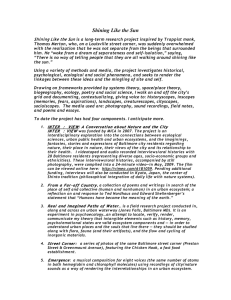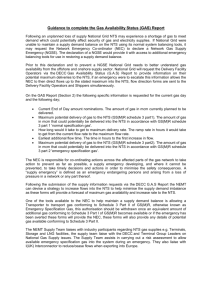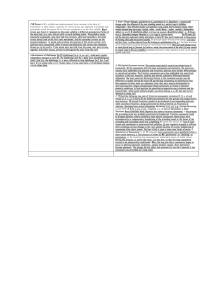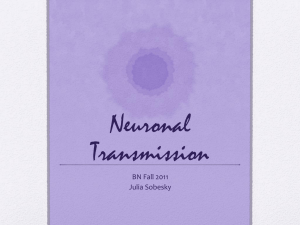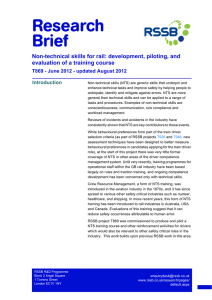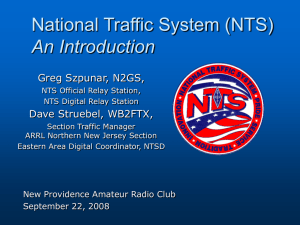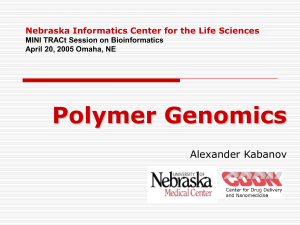Neurotransmitters
advertisement
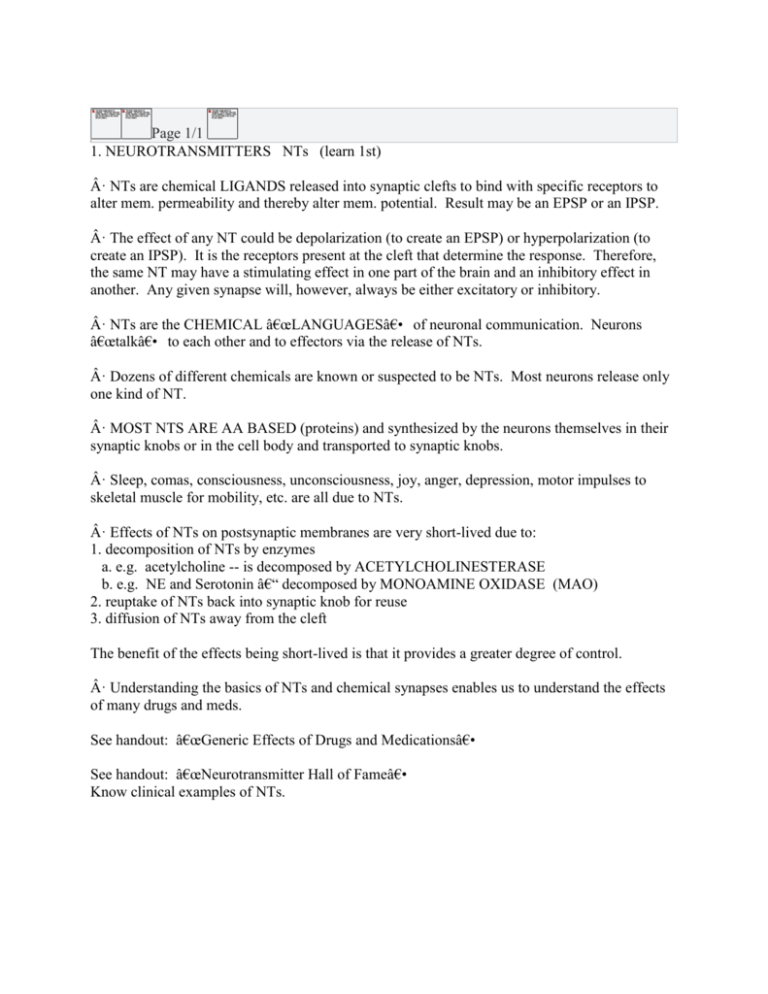
Page 1/1 1. NEUROTRANSMITTERS NTs (learn 1st) · NTs are chemical LIGANDS released into synaptic clefts to bind with specific receptors to alter mem. permeability and thereby alter mem. potential. Result may be an EPSP or an IPSP. · The effect of any NT could be depolarization (to create an EPSP) or hyperpolarization (to create an IPSP). It is the receptors present at the cleft that determine the response. Therefore, the same NT may have a stimulating effect in one part of the brain and an inhibitory effect in another. Any given synapse will, however, always be either excitatory or inhibitory. · NTs are the CHEMICAL “LANGUAGES― of neuronal communication. Neurons “talk― to each other and to effectors via the release of NTs. · Dozens of different chemicals are known or suspected to be NTs. Most neurons release only one kind of NT. · MOST NTS ARE AA BASED (proteins) and synthesized by the neurons themselves in their synaptic knobs or in the cell body and transported to synaptic knobs. · Sleep, comas, consciousness, unconsciousness, joy, anger, depression, motor impulses to skeletal muscle for mobility, etc. are all due to NTs. · Effects of NTs on postsynaptic membranes are very short-lived due to: 1. decomposition of NTs by enzymes a. e.g. acetylcholine -- is decomposed by ACETYLCHOLINESTERASE b. e.g. NE and Serotonin – decomposed by MONOAMINE OXIDASE (MAO) 2. reuptake of NTs back into synaptic knob for reuse 3. diffusion of NTs away from the cleft The benefit of the effects being short-lived is that it provides a greater degree of control. · Understanding the basics of NTs and chemical synapses enables us to understand the effects of many drugs and meds. See handout: “Generic Effects of Drugs and Medications― See handout: “Neurotransmitter Hall of Fame― Know clinical examples of NTs. Find Image View Download a Copy Close


